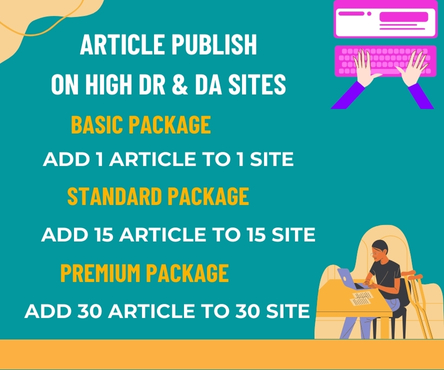In today’s digital age, a law firm’s website is often the first point of contact between potential clients and the firm. A well-designed website can significantly enhance a law firm’s reputation, while a poorly designed one can deter potential clients. In this article, we will explore the impact of Law Firm Website Design on a practice’s reputation and provide tips for creating a website that showcases your firm’s expertise and professionalism.
First Impressions Matter
A law firm’s website is often the first impression potential clients have of the firm. A website that is visually appealing, easy to navigate, and provides valuable information can establish trust and credibility with potential clients. On the other hand, a website that is outdated, cluttered, or difficult to navigate can give the impression that the firm is unprofessional or lacking in expertise.
Key Elements of Effective Law Firm Website Design
- Clear Navigation: A website with clear and intuitive navigation helps visitors quickly find the information they need.
- Responsive Design: A responsive design ensures that your website looks great and functions well on all devices, including desktops, laptops, tablets, and smartphones.
- Professional Imagery: High-quality images and videos can help to create a professional and welcoming atmosphere on your website.
- Compelling Content: Well-written and informative content can help to establish your firm’s expertise and build trust with potential clients.
- Search Engine Optimization (SEO): A website that is optimized for search engines can improve your firm’s visibility and drive more traffic to your website.
The Benefits of a Well-Designed Law Firm Website
- Increased Credibility: A professional website can help to establish your firm’s credibility and expertise.
- Improved Visibility: A website that is optimized for search engines can improve your firm’s visibility and drive more traffic to your website.
- Enhanced User Experience: A website that is easy to navigate and provides valuable information can enhance the user experience and encourage visitors to take action.
- Competitive Advantage: A well-designed website can help to differentiate your firm from competitors and establish your firm as a leader in your field.
Best Practices for Law Firm Website Design
- Keep it Simple: Avoid clutter and keep your website simple and easy to navigate.
- Use Clear and Concise Language: Avoid using legal jargon and use clear and concise language that is easy for visitors to understand.
- Use High-Quality Images: Use high-quality images and videos to create a professional and welcoming atmosphere on your website.
- Optimize for SEO: Optimize your website for search engines to improve your firm’s visibility and drive more traffic to your website.
Conclusion
A law firm’s website is a critical component of its online presence and can have a significant impact on its reputation. A well-designed website can establish trust and credibility with potential clients, while a poorly designed one can deter them. By following best practices for law firm website design, you can create a website that showcases your firm’s expertise and professionalism, and helps to drive more traffic and generate more leads.

